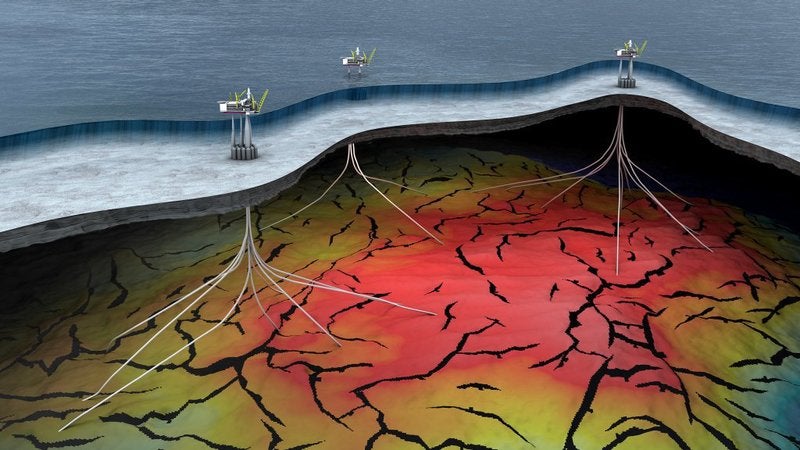
Equinor has submitted an amended plan to the Norwegian Petroleum Directorate (NPD) on behalf of the licence partners for development and operation (PDO) to improve oil recovery from the Gullfaks field in the North Sea.
The partners, namely Equinor, Petoro and OMV have decided to drill seven new wells using existing drilling facilities on Gullfaks to improve oil recovery by 17 million barrels.
According to the plan, they will invest Nkr2.23bn ($261m) to recover more of the reserves in the tight zones in the Lista Formation and the Shetland Group, a carbonate reservoir that lies above the main reservoir at the Gullfaks field.
Equinor Development and Production Norway executive vice-president Arne Sigve Nylund said: “Our ambition is to maintain profitable production from the Norwegian continental shelf (NCS) for several decades. Wells that can be drilled fast and at a low cost, near existing infrastructure, will be a major contributor.”
Since 2013, the Gullfaks partners have invested more than Nkr1bn ($117m) in production wells in this formation after a well test in 2012 proved that the reservoir had an oil production potential.
As the reservoir is capable of producing more oil using water injection, the authorities requested the Gullfaks partners to submit a new PDO.
Equinor operates the field with a 51% stake. Petoro and OMV respectively own 30% and 19% stakes.
Gullfaks lies in the Tampen area in the northern part of the North Sea in a water depth of 130-220m.
The PDO of Gullfaks Phase I was approved in 1981 and in 1985, the PDO for Phase II was approved.
Production from the field started on 22 December 1986.



